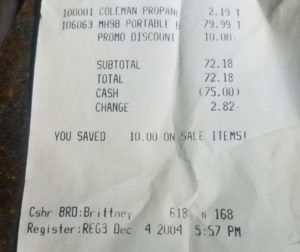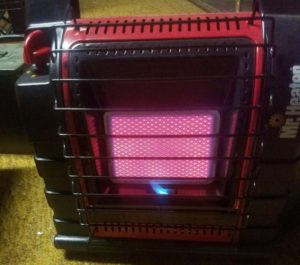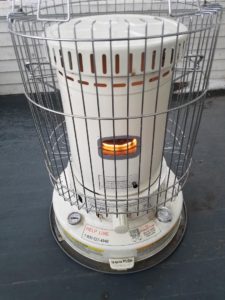A couple months ago, the thermocouple for the furnace decided to crap the bed. As you know, the thermocouple, on a gas appliance, is what keeps the device from sending gas to the burners when the pilot light is out. Its a part that regularly fails. Could be a year or two, could be ten years…but you’d be a smart man if you kept some spares on hand and learned how to replace them. I was not a smart man.
Oh, I knew it was the thermocouple. And thermocouples are pretty standardized. But do you know what is not standardized? The means of accessing the thermocouple. That is to say, while I have the part, and know how to swap the part, I had no idea how to successfully disassmeble my furnace to get to the par.
So I did what any smart person would do who didn’t want to spend money they didn’t have to – I went to YouTube and looked for instructional videos.
TL;DR – wound up having to have someone come in to swap it out, but video’d the entire process so I know how to do it next time.
But this post isn’t about that, although there are some good takeaways there. This post is about that the heat went out when it was 0 degrees out and the ‘supply issue / labor issue’ bugaboo said no one was coming to fix my furnace for about three days.
Worried? Nope. Went to the basement and pulled the kerosene heaters out of storage. I have two. Why two? Well, first of all (say it with me) one is none and two is one. Also, I wanted one for the basement to keep the pipes from freezing, and one for the living area to keep the humans from freezing. So, two.
What surprised me was that when I pulled the trashbag dust cover off the heater I was delighted to find an index card clipped to the top of the heater with a clothespin. It said that the heater was last used, cleaned, fully refueled, and had its batteries changed on a particular date a couple years ago. Sweet. Future me is very impressed with past me’s thoughtfulness. (Yes, batteries. All kero heaters can be lit with a match if you need to, but most use a couple C-batts to power an igniter to light the heater. But, you can work it just fine without the batteries if you need to. More of a convenience, really.)
But, heater #2 is a bit dog-eared. It works, but it’s definitely seen better days and perhaps it is time for a replacement. So, of to Lowe’s. First thing I noticed was that kerosene was $35 for 2.5 gallons. This is wildly absurd. Even at your local green-handled Cenex pump its still expensive. Fortunately, I’m prepared. A few years back I bought out someone’s Y2K stash for $2.86/gallon. And prior to that, there was the Great Kerosene Closeout at Home Depot which pretty much set me for the forseeable future.
So, it was off to Lowe’s yesterday for a new kerosene heater. One left in stock. I assembled it, filled it, let it sit for a while so the wick would soak up fuel, ran it for a while to burn off any oils and whatnot, and now it’ll go into storage with a happy little index card taped to it with all the necessary info. But…a few other things are worth noting.
Any piece of gear can, and will, fail. This is why I have two of these things. So, in addition to keeping the instruction manual with the heater for quick reference, I’m also ordering a spare wick or two (which, fortuitously, both heaters use). I also keep a couple siphons on hand as well. Most importantly, in the box with the kerosene heater gear is a CO detector and spare batteries. There’s no room for error with this stuff. Get a carbon monoxide alarm and use it.
And, finally, a couple really good, really large fire extinguishers. I never, ever fuel these things indoors and when I fuel the outdoors I always have someone standing by with a fire extinguisher….just in case.
Also, I bring the heaters out onto my porch to light them or extinguish them. I light them, wait ten minutes, and then bring them inside. When I want to turn them off, I take them outside, turn them off, and let them sit for ten minutes before bringing them back inside. This avoids the annoying smells they make when you start/extinguish them.
So…thats the big prep-related activity this weekend. New kero heater.



